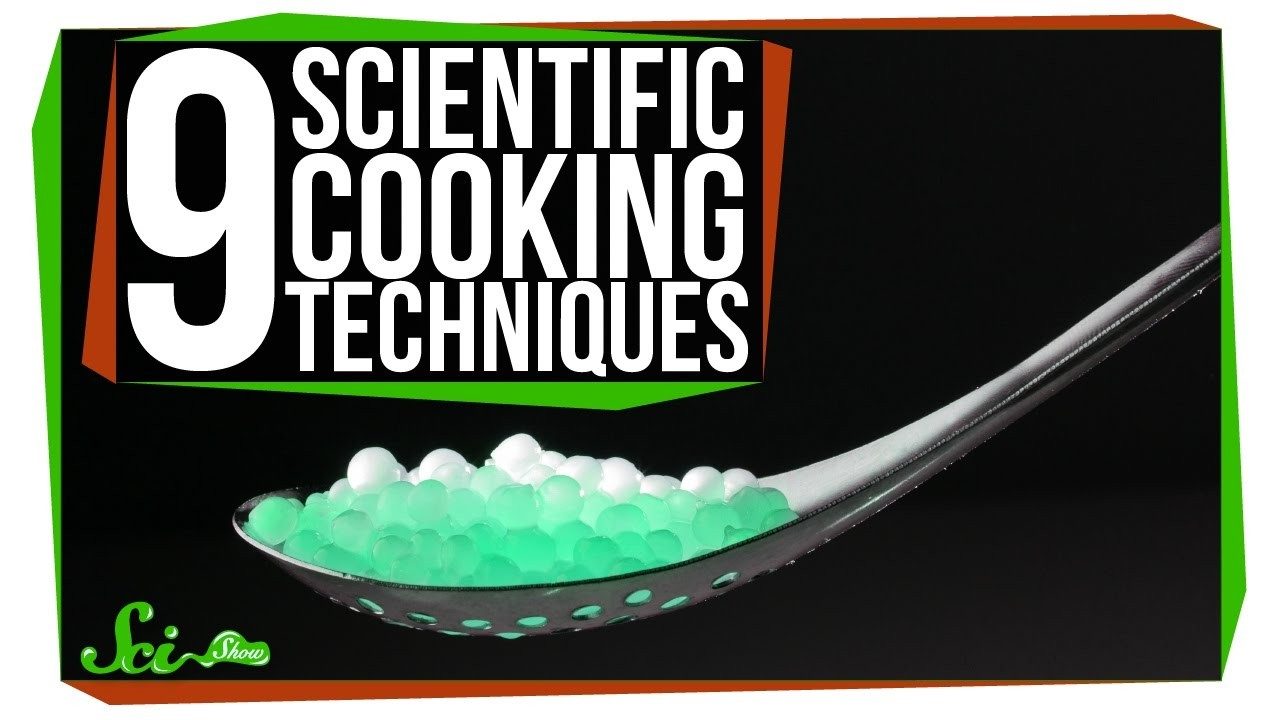
Want to learn some food chemistry? Discover the science of flavors, food preparation, barbecuing and more!
Activities
- Introduction to Flavor Chemistry from the National Historic Chemical Landmarks & AACT
Learn about the science of tasting, and fine out what type of “taster” you are in this series of activities. - Milk: The Scoop on Chemical and Physical Changes from New York Agricultural in the Classroom
These dairy products might be part of your daily diet. How did they get to their current state? - Cooking with Conversions from AACT
Can you interpret a common homemade recipe for German chocolate cake with measurements in English units? - Analyze a Family Recipe from AACT
Select a family recipe, or a favorite recipe to investigate. Learn more about the ingredients and the chemistry of each one, as well as their purpose in the recipe. - Discovering Chemical Elements in Food from AACT
Analyze nutrition labels of some of the foods and drinks to identify which type of macromolecule is mainly supplied by the item and compare consumption with the daily recommended intake for that type of macromolecule.
Demos
- Smell the Maillard Reaction from The Accidental Scientist
Sugars and amino acids. A simple combo, with complex flavor results. - Investigations of Chemicals in Natural Food Coloring from ChemEdX
Natural food dyes are in your grocery store. What can you do with their chemistry? - Cooking an Egg in Chemistry Class from AACT
Observe the very high latent heat of vaporization for water by boiling water over a Bunsen burner in a paper cup to cook a boiled egg.
Labs
- Coffee Creamer Ice Cream from AACT
Fill up on ice to serve mini ice creams with a side of freezing point chemistry learning. - Sweet and Sour Science You Can Taste from Scientific American
Explore a delicious acid-base reaction, this time using your mouth as the chemistry lab! - How To Taste Food Like a Flavor Chemist from The Sporkful
Crush. Mix. Smell. Taste. What do you observe? How does it change? - Designing and Engineering a Fast Defroster from AACT
Take this chilly challenge to create a way to melt ice quickly. - Naked Egg from Exploratorium
Put de-shelled eggs in different fluids and watch them swell and shrink. - Agar Agar Spaghetti Recipe from Culinary Physics
Create an unexpected taste experience with agar agar—a sweet spaghetti. - Experiment with Fermentation Using Kombucha from Rockefeller University
Brew this tea- and sugar-based mixture, then consider its chemistry. - Edible Plastic Pouches from Instrutables.com
Eat your dessert. Then eat the container.
Articles
- Molecular Gastronomy Cooks Up Strange Plate-Fellows from C&EN
Cauliflower and cocoa? Um, sure. Flavor-pairing theory comes up with some surprises. - Bringing Chemistry to the Kitchen from ChemMatters Magazine
Scientists who study the chemical ingredients in food and how they interact with one another are providing new knowledge that chefs are using to make original and savory dishes. - Pretzels and pH — Hacking the Maillard Reaction from Vegan Physicist
Give your pretzel dough a dunk before it bakes. Which pH helps give the perfect result. - Eat the Wrapper—An Edible Solution for Wasteful Packaging from ChemMatters Magazine
Food containers and packaging generate a lot of garbage. New technology may allow us to make this problem much more palatable. - Expiration Dates: What do they Mean? from ChemMatters Magazine
Expiration dates are stamped on the packaging of many kinds of foods. What do those dates mean, and what would happen if you ate food that was past its expiration date? - The Chemistry of Barbecue from PeriodicGraphics and Compound Interest
Check out this infographic when you fire up the grill for a summertime smoky flavor—thanks to chemistry. - Barbeque: The Chemistry is in the Heat from ChemMatters Magazine
Grilling meat over a barbecue involves several chemical reactions that contribute to the typical smell and aromas of barbecue. - Good News for Grilling: Black Pepper Helps limit Cancerous Compounds in Meat from Science Daily
Worried about those not so tasty carcinogens from grilled meat? Pepper punches back. - Who Put Cheddar in the Cheese? from ChemMatters Magazine
Cheddar is arguably the most popular cheese in the United States. We tell you how it is made in a farmstead in rural Vermont known for its rich and flavorful cheddar.Watch others cook, taste, and smell in these videos. Then, connect chemistry to what you see.










